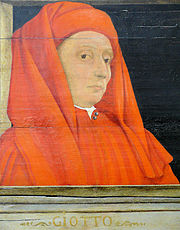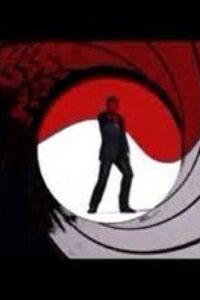We’ve all heard the catchy platitude “You’ve got to fake it till you make it.” What that usually implies is a lack of preparation. When an opportunity presents itself you suddenly realize your inadequacies. To fake is to create a false image, and we all know, an image can be easily shattered.
In 1550, Giorgio Vasari wrote a biography of Renaissance artists entitled Lives of the Painters. One of the artists featured in the book was Giotto di Bondone who lived in Florence two hundred years earlier. Legend has it that when Giotto was an apprentice, he painted a fly on one of his master’s paintings that was so life-like, that when the master looked at it, he kept trying to brush it away. Apparently, the kid had talent.
Vasari writes that at the beginning of the 14th century, when Pope Benedict wanted to spruce up St. Peter’s Basilica with some new frescoes, courtiers were sent out into the country to interview artists and collect samples of their work. The audition process for artists has changed little over the centuries.
Many artists were interviewed for the job. I mean this was the Pope and the paintings were for the Basilica, so just any old painter would not do. Imagine the number of great painters in Italy in that time. So, when a courtier stopped by the workshop of Giotto in Florence, he probably had a carriage full of drawings and paintings he had collected from many artists.
The courtier asked if Giotto would like to submit drawings to his Holiness. My guess is the courtier expected samples of angels and saints or another Madonna and Child. Instead, Giotto took a sheet of paper, and with a pen dipped in red, he fixed his arm against his side. Then with a turn of his hand, Giotto made a perfect circle.
When Giotto gave the courtier his sample, he mistakenly thought the artist was mocking him. The courtier was incensed and asked Giotto if he was to have no other drawing than this? Vasari reports that Giotto replied, “This is enough and too much. Send it with the others and see if it will be understood.”
Those artists who submitted angels and saints lost out that day. Giotto got the gig. There was no fakery. There was no image to be propped up. There was no shameless self-promotion. Just years of hard work developing talent so that when an opportunity presented itself, Giotto did not have to fake it. He was prepared.





